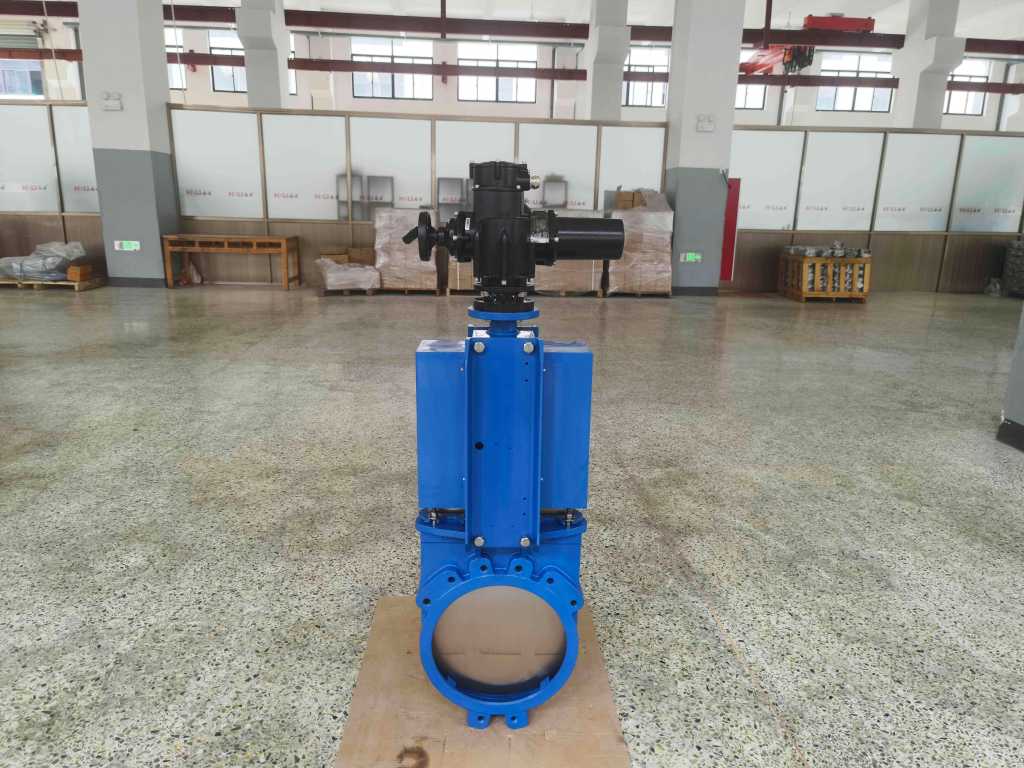Electric flat gate valves are essential components in various industrial applications, providing efficient flow control in pipelines. These valves are designed to regulate the flow of liquids and gases, offering advantages such as precision, reliability, and ease of operation. This article explores the functionality, applications, advantages, and maintenance of electric flat gate valves, shedding light on why they are critical in modern engineering.

Understanding Electric Flat Gate Valves

Electric flat gate valves consist of a flat gate that moves vertically to control the flow of media within a pipeline. The valve is operated by an electric actuator, which allows for remote operation and automation in industrial settings. The design of the flat gate minimizes turbulence and pressure loss when the valve is open, making it suitable for high-flow applications. How Electric Flat Gate Valves Work The operation of an electric flat gate valve involves several key components: the valve body, flat gate, actuator, and control system. The electric actuator is responsible for moving the flat gate up and down, which opens or closes the valve. When the actuator receives a signal from the control system, it rotates an electric motor that drives the gate mechanism. This allows for precise control over the flow rate, enabling operators to adjust the flow according to specific requirements.

Leave a Reply